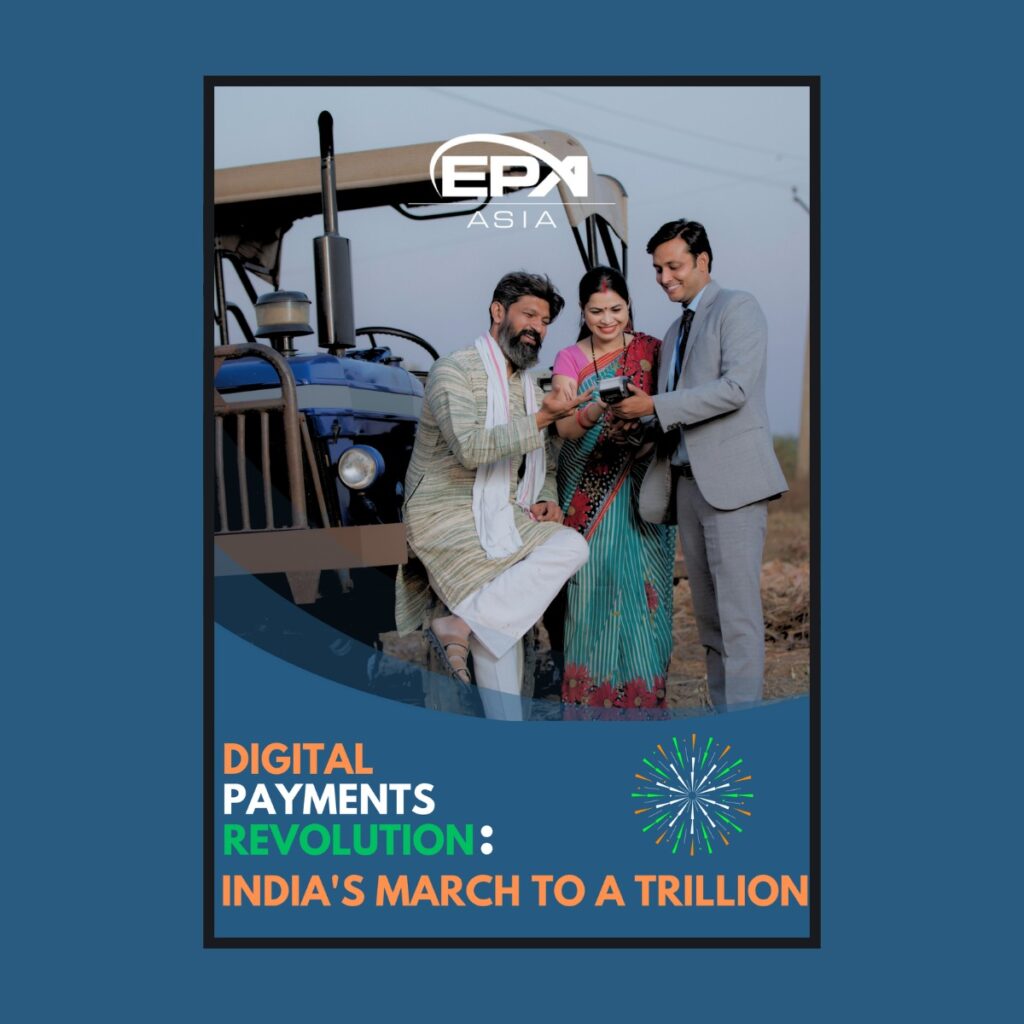Digital Payments Revolution: India's March To A Trillion

India’s journey with Digital Public Infrastructure (DPI) reflects a rare convergence of demographic potential, policy innovation, and collaborative execution. The country’s unique combination of a young population, deep smartphone and internet penetration, and a policy environment willing to experiment has transformed DPI from a concept into a globally recognized benchmark. Initiatives like UPI, Aadhaar, and the Account Aggregator framework have dramatically reduced friction in identity verification, payments, and data access—unlocking new pathways for financial inclusion. The core drivers of this success are interoperability, standardization, and a strong public-private ecosystem that balances innovation with scale.
In this interview published by Emerging Payments Association Asia (EPAA) in their report titled, ‘Digital Payments Revolution: India’s March To A Trillion,’ BG Mahesh, CEO of Sahamati, notes that traditional financial institutions now stand to benefit the most from DPI-led transformation. The path forward lies in strengthening governance models and regulatory frameworks that foster innovation and ensure robust data privacy and fraud prevention mechanisms. Global digital economies, particularly those seeking to build inclusive financial systems at scale, view India’s DPI model as a blueprint. However, global adoption hinges on interoperability, harmonized regulation, and shared standards to unlock the full potential of DPI in cross-border trade and digital finance.